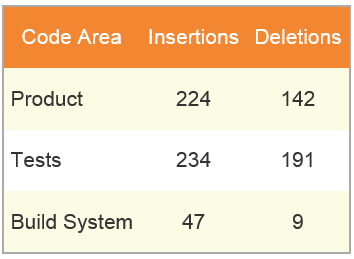ccache 3.2 released
Version 3.2 of ccache was recently released. It can help you be more productive as "It speeds up recompilation by caching previous compilations and detecting when the same compilation is being done again" (from the official page). The new version that has been released is a feature version which means lots of goodies and new features.
ccache 3.2 released
From the announcement:
- Added support for configuring ccache via one or several configuration files instead of via environment variables. Environment variables still have priority but are no longer the recommended way of customizing ccache behavior. See the manual for more information.
- Added support for compiler error/warning messages with color.
-
Made creation of temporary directories and cache directories smarter to avoid unnecessary
statcalls. -
Improved efficiency of the algorithm that scans for
__DATE__and__TIME__tokens in the hashed source code. -
Added support for several binaries (separated by space) in
CCACHE_PREFIX. -
The
-coption is no longer passed to the preprocessor. This fixes problems with clang and Solaris’s C++ compiler. -
ccache no longer passes preprocessor options like
-Dand-Ito the compiler when compiling preprocessed output. This fixes warnings emitted by clang.
And much more ...


 Overload 124 is now available. It contains the following C++-related articles, and more:
Overload 124 is now available. It contains the following C++-related articles, and more: Have you used the Boost.Optional library? There is one thing you might need to keep an eye on as explained by
Have you used the Boost.Optional library? There is one thing you might need to keep an eye on as explained by  Fresh on the F5 dev blog:
Fresh on the F5 dev blog: